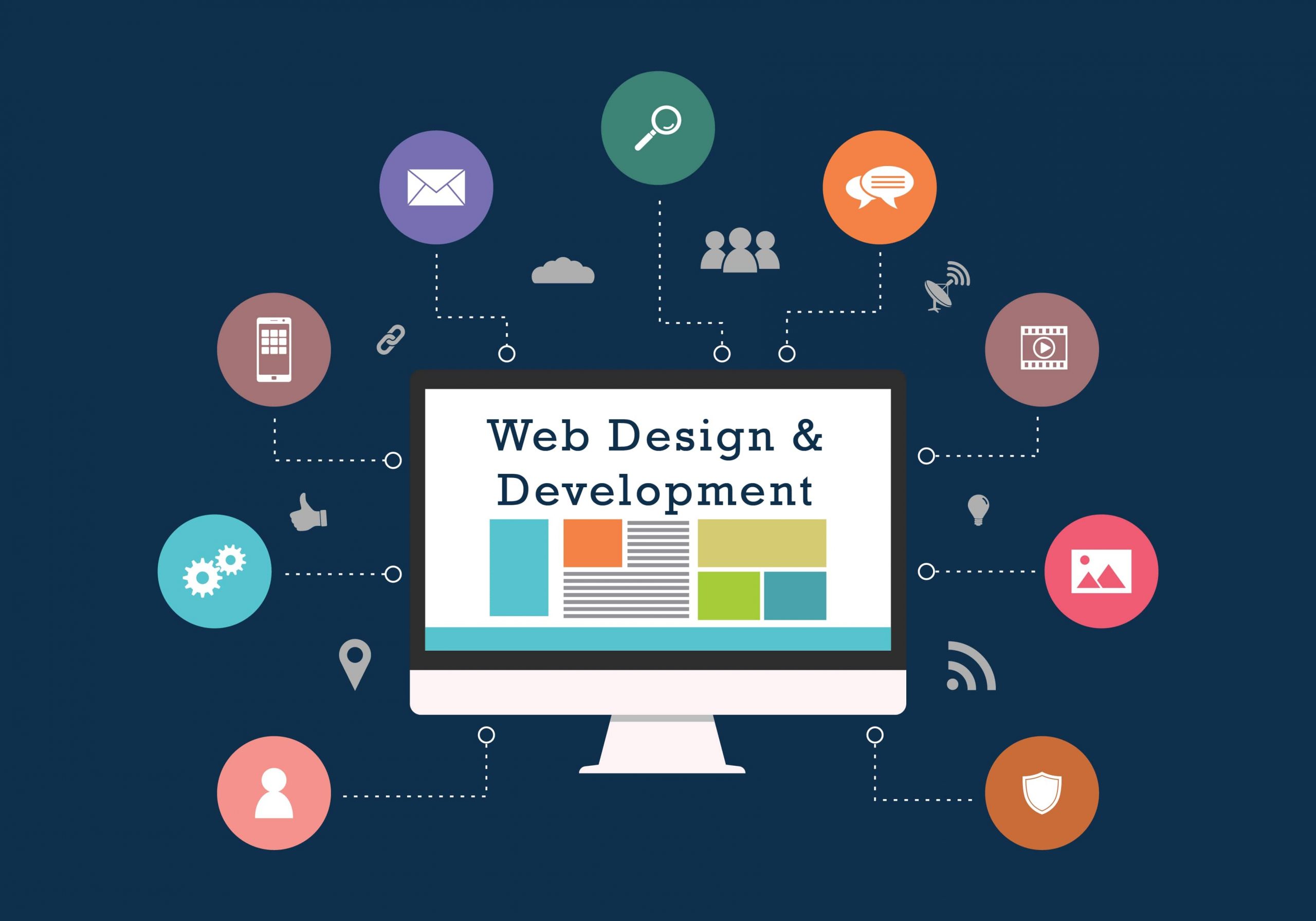A virtual landscape is experiencing a remarkable evolution as we transition into the era of Web 3.0. This latest chapter pledges to reshape the way we approach web development and site design, moving away from standard methods towards a more decentralized and user-focused model. As technology advances, programmers and creators are utilizing innovative technologies and strategies that empower users and improve online experiences.
In this phase, the emphasis is transitioning from merely developing webpages to designing interactive virtual interactions. With developments in artificial intelligence, blockchain, and a deeper understanding of consumer preferences, web design and web design are transforming increasingly sophisticated and intertwined. The following piece investigates these emerging trends and how they are defining the future of the internet, urging both creators and audiences to participate in a richer and interactive virtual space.
Key Features of Web 3.0
Web 3.0 introduces a decentralized internet, emphasizing control for users and possessions of data. In this new paradigm, the technology of blockchain plays a crucial role, enabling safe and clear peer-to-peer interactions without the requirement for single authorities. This shift means that users have greater autonomy over their online identities and the data they share online, fostering trust and security in transactions on the internet.
An additional important aspect of Web 3.0 is the improved use of artificial intelligence and ML to provide personalized experiences. Websites can adapt to personal preferences in the moment, resulting in a highly engaging and personalized browsing experience. This level of customization helps businesses better connect with their users, making web design and design more effective in addressing user needs.
Technologies of the semantic web also play a crucial role in Web 3.0, allowing data to be connected and understood in a meaningful manner. By improving the way data is structured and linked, users can discover and access content more intuitively. This progress enhances search capabilities and enables more significant interactions with websites, resulting in an overall enhancement in user experience and satisfaction.
Impact on Web Development
The evolution of Web 3.0 is transforming the realm of web development by redirecting the focus on decentralization and enhanced user control. Programmers are increasingly adopting distributed ledger technology to build clear, secure, and reliable applications. This shift allows for the creation of distributed applications, known as dApps, which emphasize user privacy and control. As this movement progresses, classical web development methods will have to to evolve, focusing on integration among multiple platforms.

Another major influence of Web 3.0 is the emergence of AI and machine learning in web development. Such advancements enable programmers to develop highly personalized and user-friendly user interactions. By leveraging AI algorithms, websites can examine user behavior to adapt content and recommend appropriate products or services, boosting overall engagement and fulfillment. As developers integrate these advanced technologies, websites will evolve into more capable and more reactive to personal preferences and preferences.
Finally, the emergence of semantic web concepts is changing how content is organized and shared online. Web 3.0 highlights the necessity for data to be accessible by machines, facilitating improved data connectivity and accessibility. As developers utilize semantic web frameworks, they can produce more dynamic and significant interactions across multiple platforms. This approach not only enhances search engine optimization but also enhances the functionality of web applications, ensuring that users locate pertinent information swiftly and with ease.
Future Trends in Web Design
As we move into the age of Web 3.0, web design is evolving to incorporate more immersive and interactive experiences. One of the foremost trends is the use of augmented reality and virtual reality features, permitting users to engage with websites in a more dynamic way. This shift enhances user interaction and provides a distinctive, engaging experience that traditional web design struggles to offer. As AR and VR technologies become more available, we can expect them to play a crucial role in how websites are designed and experienced.
Another prominent trend is the growth of minimalist design combined with micro-interactions. Websites are leaning towards simple, uncluttered interfaces that focus on the user's experience. Micro- AppWeb , which are small, delicate animations or design elements that respond to user actions, enhance user-friendliness and provide feedback. This trend emphasizes the importance of simplicity in navigation and content presentation, ensuring that visitors can find what they seek swiftly and effectively while enjoying a seamless aesthetic experience.
Additionally, personalization is growing increasingly vital in web design. Utilizing data and AI, websites can now tailor content to individual user preferences and habits. This trend not only creates a more significant experience for users but also fosters deeper engagement and loyalty. As websites adapt to mirror user interests and needs, the overall experience will feel more intuitive and pleasing, marking a significant shift in how we view web design in the future.
